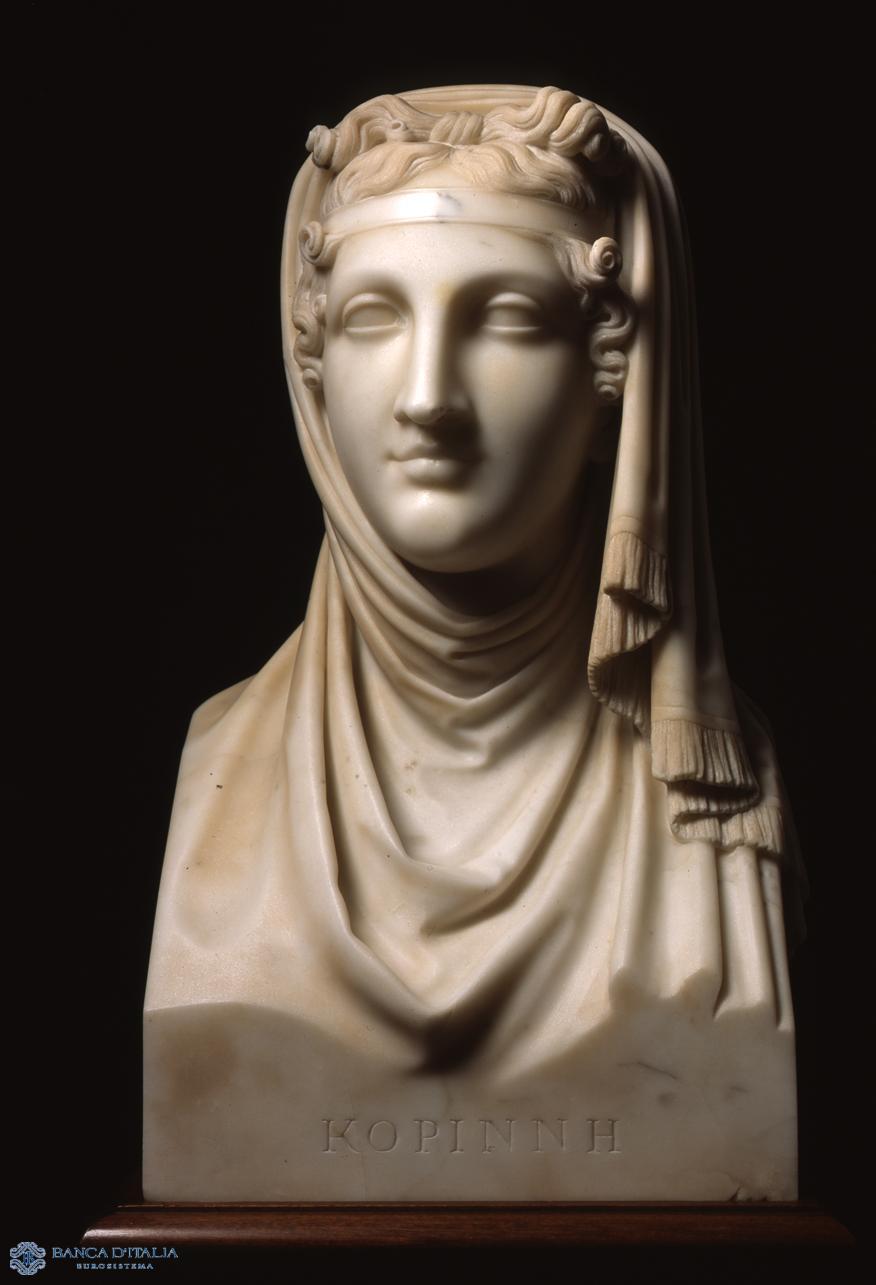Antonio Canova (Possagno 1757 – Venice 1822) trained in Venice, but in 1779, aged 22, he moved to Rome, where he was strongly influenced by the Neoclassical style. Canova, who achieved wide international acclaim during his lifetime, was driven by a search for formal austerity, expressed through the concept of classical restraint based on a refined purity of form.
In Canova’s work, the theme of grace, which is a typical feature of 18th century art, imbues the austerity of Neoclassicism with a restrained but nonetheless evident emotivity. It clearly sets Canova’s work apart from other contemporary expressions of the Neoclassical style, notably by the French painter Jacques Louis David, in which the reference to antiquity becomes an invocation of the republican virtues of Ancient Rome as the ideological bulwark of the French Revolution.
The language of the great Venetian artist thus reveals a dialectic between the representation of a world of “classical” forms – Roman and especially Greek – and the subtle play of psychological and erotic influences.
Acknowledged in his time as a highly individual artist, Antonio Canova exerted a powerful influence over the whole of European art. In addition to the commissions of religious patrons, he modelled notable works for Napoleon Bonaparte and his family, including some busts of the Emperor himself and the magnificent Paolina Borghese as Venus Victrix dated 1808.
Antonio Canova
Antonio Canova (Possagno 1757 - Venice 1822)
19th century AD


